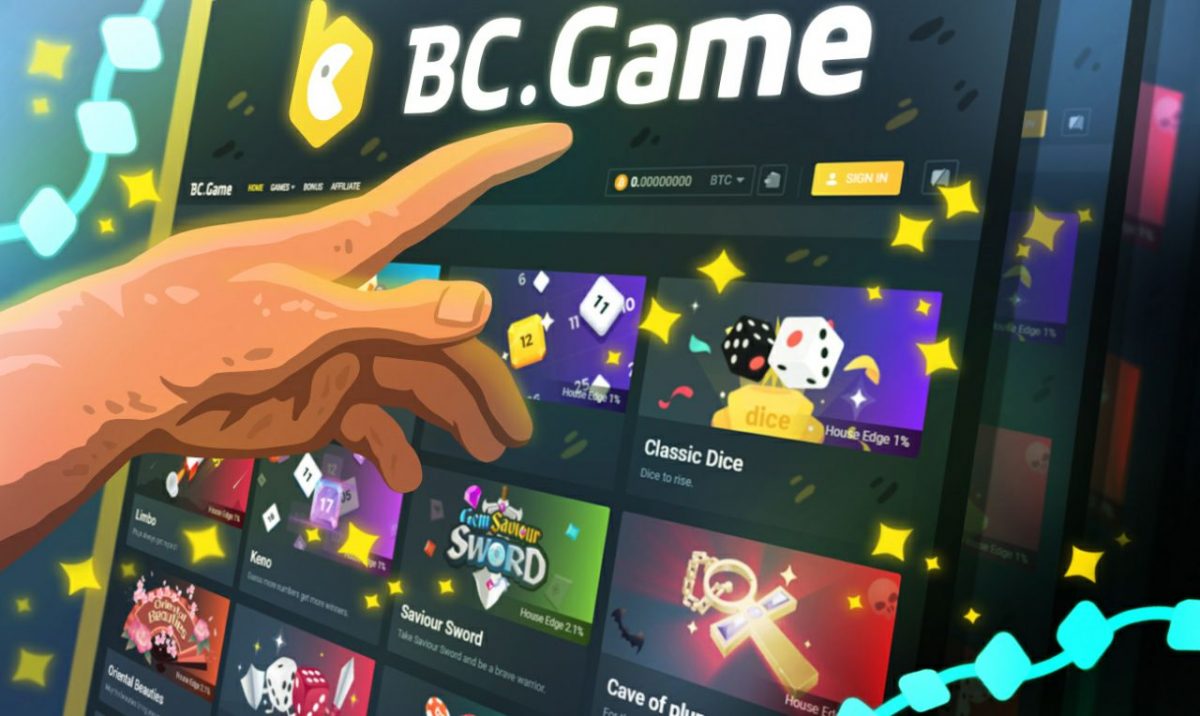Blockchain is already disrupting and transforming industries across the board. But blockchain games’ user interface (UI), sensible functionality, and user experience (UX) ultimately lead to its progress. Two aspects of blockchain help the technology stand out: transparency and decentralisation. The latter enables crypto gambling dApps to diffuse control to the gamer. On the other hand, some of the best crypto games were created by maximising the advantages of launching from a transparent platform. All their gaming activities, be it payouts and whatnot, can be viewed transparently by coin depositors.
Everyone can see their odds of winning whenever they play Bitcoin Crash or spin the wheel. Admittedly, beneath the chatter of blockchain and its potential are on-chain problems that can’t be discounted. For instance, blockchain isn’t yet shooting to the stars because not everyone accesses the internet. Under their inaccessibility, would-be gamers can purchase and hold crypto that prime leading blockchain gaming, including Bitcoin gambling games.
The good news is online gaming platforms like BC.Game are aware of these challenges. They have made it their objective to support as many tokens as possible and launch as many games as possible without sacrificing distinctive characteristics that make them so desirable. And most importantly, made their user interface (UI) intuitive and easy to use. By this, gamers can easily navigate, wheel through the different offerings, and dabble once they deposit any of the over 15 supported cryptocurrencies.
The User Interface (UI) Problem
Blockchain games’ user interface(UI) directly impacts experience. A better understanding of what user experience(UX) means is essential to get the hang of how this is consequential. According to a Nielsen Norman Group definition, user experience (UX) entails meeting the customer’s exact needs without fuss from a simple yet elegant user interface that brings joy to own and use as it supersedes client expectations. Still, blockchain games are struggling with cracking open user interface problems across the board.
From this, it boils down to usability. This simply refers to the ease of use by a user interfacing with the technology. There are different heuristics to measure usability. Some of them include memorability gauged by the gamer’s comfort to re-establish proficiency after some time. It also includes learnability measured by how easy it is for a gamer to navigate on the first interaction and error rate determined by the number of errors made by the gamer and how quickly they recover.
When combined with inaccessibility in some instances, the above explains why blockchain gaming has yet to be widely adopted and pushes the wheel despite its offering. A poorly designed interface has a bearing on usability. In some instances, signing up and understanding how to interact with the application can be arduous, confusing, and involve a lot of steps and complicated procedures. Connecting to the user wallets, identifying the deposit and withdrawal wallets, redeeming profits, and others can be complex, mostly when the correct website wireframing isn’t done.
Improving the Blockchain Games UI
For new users, getting to wade through applications via unconventional user interfaces (UI) can be a steep learning curve forcing some to revert to centralised gaming applications despite their advantages. Therefore, they can focus on building superior applications with baked-in benefits in blockchain gaming. Still, they can, at any time, ensure ease of use, diversifying their objectives to cut across gamers of all categories. Investing in the user interface (UI) often translates to better onboarding rates.
Besides that, there will be confidence, accelerating use. How well blockchain gaming will find traction lies in how well gaming developers will take it upon themselves to create a simple path for gamers-most of whom are transiting from traditional settings. A big part of this will be creating modules from the consideration of the decentralisation feature and their main value proposition, i.e., channelling funds from and to their wallets. This can prove a hard nut to crack, especially when the would-be gamer doesn’t understand what cryptocurrencies are in the first place.
Education and Iteration
The immediate solution that could ultimately help in better transition and conversion is education. Already, there are incentivised campaigns across the broader blockchain community towards that end. However, perfection also lies in blockchain gaming companies. Depending on their efforts and comprehension that a suitable UX can’t be found in the first iteration, their determination and further experimentation on their first interface styling would go a long way in adoption.
Blockchain gaming developers should walk closely with designers to launch a user interface with usability in mind. In this case, there should be a form of ingrained advocacy for every step a new gamer makes in their interaction. It will be retrogressive for blockchain gamers to build very secure games that get the job done but end up scrappy, confusing, and experimentally bland for new gamers. Blockchain games’ user interface (UI) and user experience (UX) should go hand in hand. For the success of blockchain gaming, developers should work hand in hand with designers to launch secure and functional gaming with options. Their user interface (UI) should be clean and aesthetic and provide better navigation experiences.














